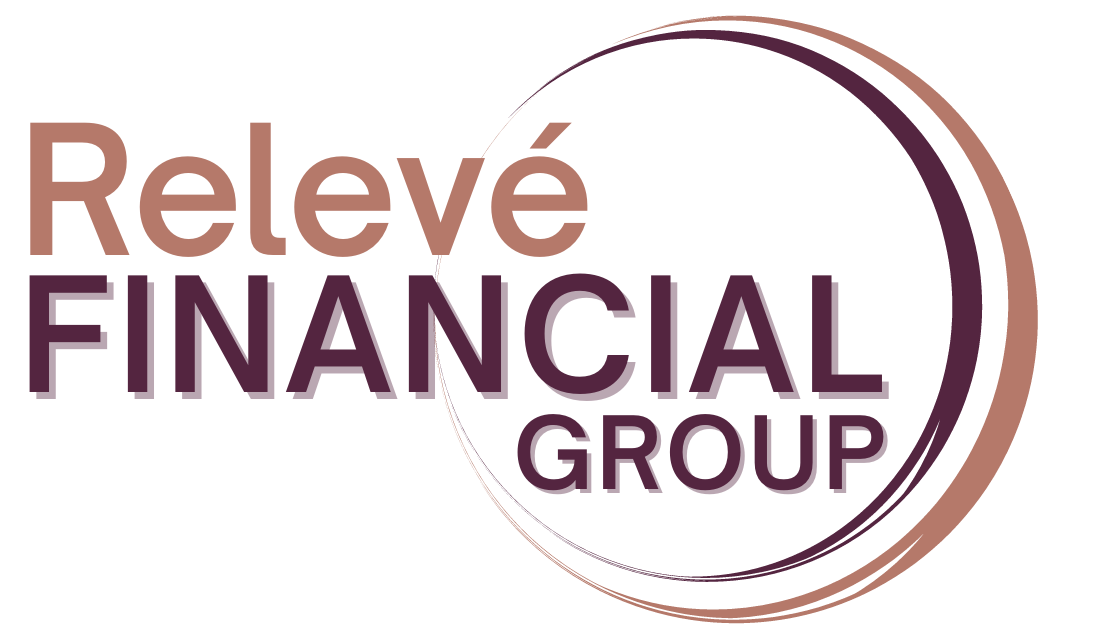At Relevé, we’re focused on building resilient portfolios designed to weather – and ideally thrive in – a range of economic environments. One of the most foundational, yet often misunderstood, components of a well-diversified portfolio is the bond market.
With interest rate shifts, inflationary pressures, and ongoing economic uncertainty continuing to dominate headlines, we wanted to take a moment to highlight the role bond funds play in your portfolio—and how they help support your long-term financial goals.
What Are Bonds and Why Do They Matter?
Bonds are debt securities issued by governments, municipalities, and corporations to raise capital. When you purchase a bond, you’re essentially lending money to the issuer in exchange for regular interest payments and the return of principal at maturity. Bonds play a crucial role in financial markets by providing stability and income for investors, as well as providing companies (the issuer of the bond) with a tool to raise cash for expansionary business projects or other cash flow shortfalls in a cost efficient manner.
The bond market is massive (even larger than the stock market) and includes a variety of instruments: U.S. Treasuries, municipal bonds, corporate bonds, high-yield (“junk”) bonds, and international debt, among others. Each category responds differently to economic shifts, interest rate moves, and market sentiment – which is why it’s important to understand the nuances within these sub asset classes and maintain a diversified allocation (just like with equities/stocks).
Recent Trends in the Bond Market
After a historically aggressive rate-hiking cycle by the Federal Reserve to combat inflation, the bond market has entered a period of adjustment. Yields — which move inversely to prices — rose significantly between 2022 and 2024, pushing bond prices lower (resulting in losses for most bond funds). While this brought short-term pain for bondholders, it also reset the market with more attractive yields, especially in high-quality fixed income.
As of mid-2025, the bond market is showing signs of normalization. The Fed has paused rate hikes (and began cutting rates last year), inflation has cooled modestly, and long-term interest rates are more stable. These conditions make bond funds once again a compelling part of a diversified portfolio.
The Role of Bond Funds in Your Portfolio
Bond funds pool investors’ money to invest in a diversified basket of fixed income securities. These funds come in many varieties, offering access to short- or long-term bonds, government or corporate issuers, investment-grade or high-yield credit — each with its own risk/reward profile.
Here’s how they contribute to a well-rounded investment strategy:
1. Stability in Volatile Markets
Bonds generally have lower volatility than stocks, which helps reduce overall portfolio risk. In periods of market stress or equity declines, high-quality bond funds often act as a buffer — preserving capital when stocks are falling. This “ballast” effect is especially important for clients near or in retirement who need to manage downside risk.
2. Income Generation
Most bond funds provide regular income through interest payments, which are either distributed to investors or reinvested. With current yields notably higher than in recent years, income from bonds and fixed income has become more meaningful. For conservative investors or those relying on their portfolio for cash flow, this is a welcome development.
3. Diversification
Bonds tend to behave differently than stocks under various economic conditions. Adding fixed income exposure helps diversify your portfolio, enhancing the balance between risk and reward and potentially smoothing returns over the long run. This diversification becomes especially valuable when the stock market experiences periods of turbulence or contraction.
4. Tactical Flexibility
Bond funds offer exposure to professional management, meaning portfolio managers can adjust holdings based on interest rate expectations, credit risk, and macroeconomic trends. Unlike owning individual bonds, which may tie up capital until maturity, bond funds allow investors to stay nimble in a changing environment and make timely, tactical adjustments when prudent.
Looking Ahead
We continue to believe that bonds — and bond funds and ETFs in particular — will continue to play a central role in long-term investment planning. The recent rise in yields has reset the return potential for fixed income, making it a more attractive source of both income and risk management. While some volatility in bond prices may persist as the economy evolves, the long-term benefits of maintaining fixed income exposure remain clear.
As always, we tailor your portfolio’s bond allocation to your specific goals, time horizon, and risk tolerance. Whether you’re accumulating wealth, preserving capital, or generating income, there are bond funds designed to help support the foundation of your strategy.
If you have questions about your portfolio’s fixed income allocation or investment mix more broadly, please don’t hesitate to reach out.

Jake Fromm | Chief Investment Officer, CFS® | It is our mission to help you think differently about your wealth so you can LIVE WELLthy™ today and tomorrow.
